Non-Surgical Wrist Fracture Playbook


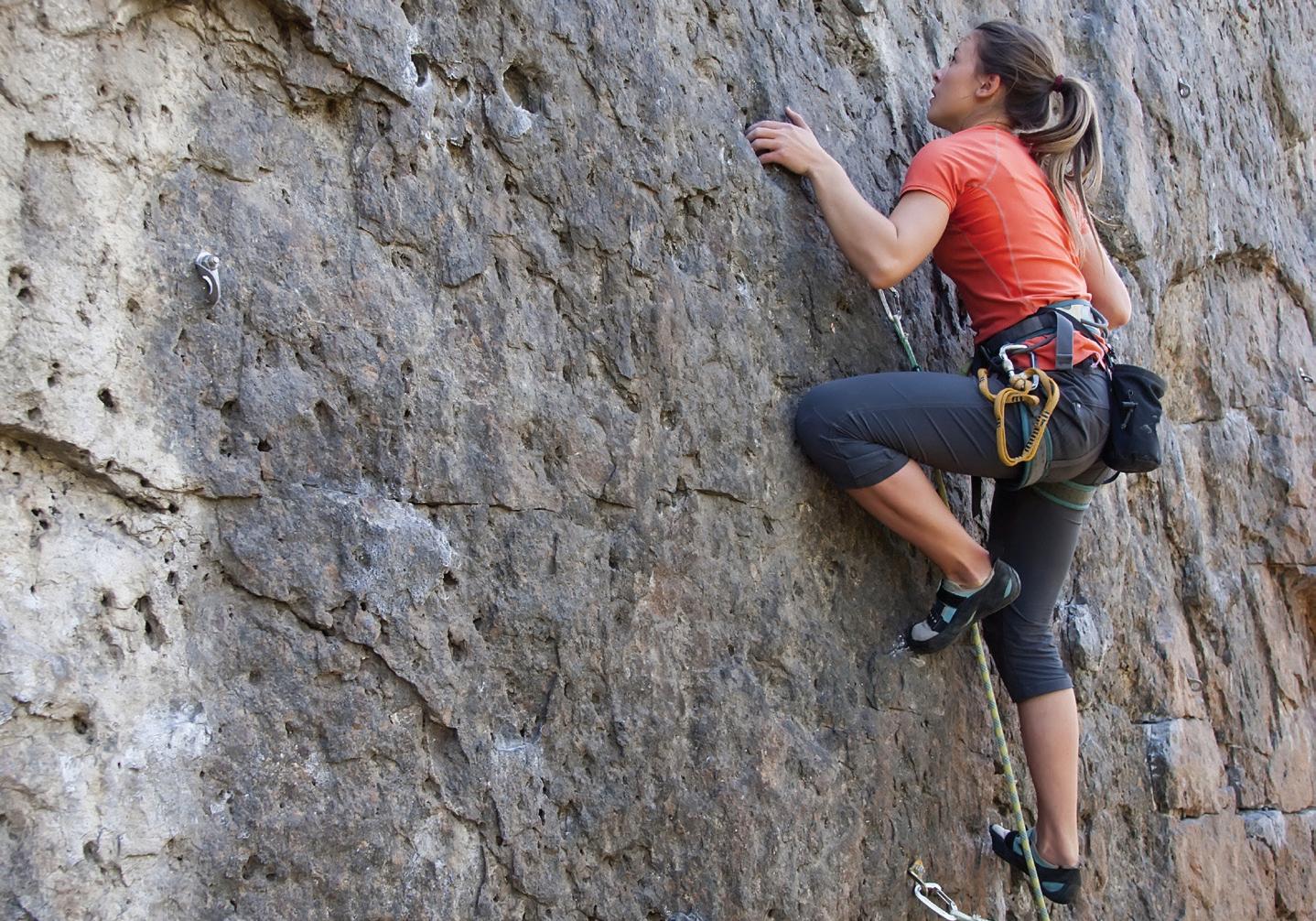
 Dr. Michael Potter
Dr. Michael Potter
WRIST FRACTURE PLAYBOOK




Thank you for joining our team at ValleyOrtho.

We feel you are the most valuable person in the healing and recovery process. This Playbook is your guide to best prepare for and recover from your wrist fracture.
Each member of your care team plays a valuable role and has been trained to assist you every step of the way.
Patient Name:
Date & Location of First FollowUp Visit at ValleyOrtho:
Date & Location of First Hand Rehab Appointment: Patient Expectations for Surgery & Recovery
1. Pain Expectation:
2. Activity Expectation:
Your Orthopedic Team Staff Introductions 2-3 Wrist Fracture Anatomy & Procedure 4 Timeline: Start to Finish 5-6 Process Education Portal & Hand Therapy 7 Pain Expectations 7 Contact Us 8 FAQ’s 9 Your Care at Home Pain & Swelling 10 Initial Precautions 10 Activities of Daily Living 11
Meet Your Physician, Dr. Michael Potter, MD
Dr. Potter is a board-certified, fellowship-trained orthopedic hand surgeon, and provides specialty care of all conditions of the hand and upper extremity, including trauma and problems of the wrist and elbow.

Dr. Potter has practiced hand and upper extremity surgery since 2015, initially in Charlottesville, VA and now at Valley View Hospital since 2020. He has a strong education that has included fellowship training in hand and wrist surgery at Stanford University, an orthopedic surgery residency at the University of Utah, Duke University Medical School graduate with honors, and a bachelor’s degree in molecular biology from Princeton University, where he also graduated cum laude.

Dr. Potter is eager to address his patients concerns and make the best treatment decisions with each individual patient.
Meet Your Physician Assistant, Eric Haskell, PA-C
Eric Haskell earned a Master of Science in physician assistant studies at Rocky Vista University, after attending the University of Montana during his undergraduate years.


Originally from Englewood, Eric grew up skiing Colorado’s mountains. “I’ll never forget the weekends hitting Aspen, Buttermilk, Highlands and Snowmass,” he says. “I lived in Steamboat for a while, Estes Park for a while, and they were great, but I’ll never forget those weekends coming to the Roaring Fork Valley. I’m grateful to be back permanently and looking forward to building relationships with my community.”
Before dedicating himself fully to medicine, Eric worked as a backcountry guide in Colorado, Alaska, Wyoming, Idaho, and New Mexico, specializing in mountain environments. “Mountain guiding shares a lot in common with medicine,” he says. “Problem solving, achieving difficult goals, adapting to new situations challenges arise, you figure them out and work to help your clients. Both on the mountain and in the clinic, this is the process.”
Outside of work, Eric enjoys camping, climbing and skiing Colorado’s razor-thin ridgelines, like Ypsilon Mountain out in Rocky Mountain National Park. He also enjoys perfecting his backcountry cuisine. His specialty is homemade, campfire pizza.
2
Meet Your Medical Assistant, Martha Covarrubio, MA
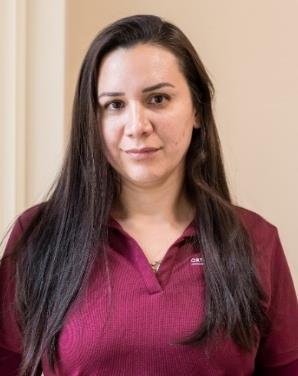
Martha has been working as a Medical Assistant since 2008. She began her career in Bakersfield California in OB and pain management. She started working for ValleyOrtho in 2014 joining Dr. Potter in his hand surgery practice. She has always enjoyed working closely with patients to help get them the answers they need to best care for themselves. Martha enjoys any and all lake activities, especially paddle boarding, and loves to hike around the area.
Meet Your Primary Athletic Trainer Stephen Hughes, ATC

Steve has been with ValleyOrtho since our doors opened in 2013. He has a wealth of experience that he has cultivated since earning his Athletic Trainer Certification in 1986. After his certification, he spent 4 years in the military as an orthopedic technician in both Germany and Fort Knox, KY. He then worked as a high school Athletic Trainer in Springfield, MA before moving to the Front Range to work at a Physical and Occupational Therapy office north of Denver.
Steve brought his extensive experience and training to the Roaring fork valley in 2005. He is a mentor to his colleagues in casting and splinting techniques as well as in the outdoor adventure sport world. Steve is passionate about this valley and the skiing, biking, and hiking that it provides. Because of his love for these sports, Steve is unfortunately all too familiar with what it is like to be an orthopedic patient himself which helps with his patient care. Steve plays an integral role in making sure our patients at ValleyOrtho are able to get back to the activities they love as well

3
YOUR ORTHOPEDIC TEAM
ANATOMY & HEALING PROCESS

What is the Wrist Exactly?
The wrist is where the radius, ulna and carpal bones come together. The end of the radius, nearest the hand, is one of the most frequently fractured bones in the human body.

Fracture Protection












Based on the type of fracture you have, Dr. Potter has decided to set your broken wrist in a stable position and protect it as it heals with one of the following options:
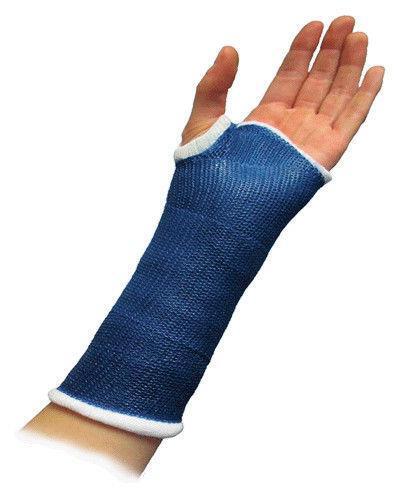
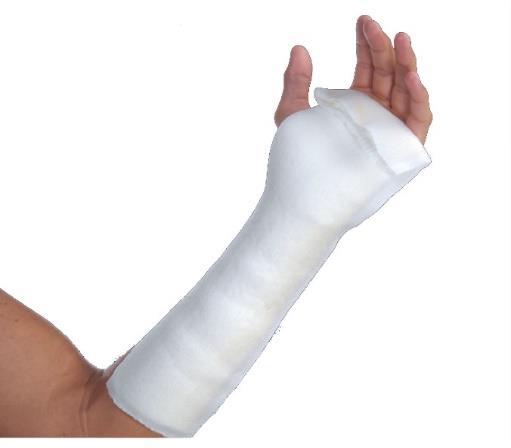

4
Radius Ulna Carpal Bones Humerus
Moldable Brace
Cast
OrthoGlass Splint Fiberglass
Sugar Tong Splint
WRIST FRACTURE HEALING TIMELINE
AT INITIAL ORTHO APPOINTMENT
Once Dr. Potter feels your wrist in a proper healing position you will be placed in a temporary splint or cast.
AT THIS TIME
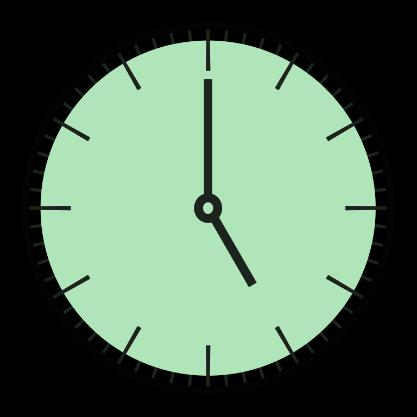
IMPORTANT: You must control your swelling with frequent finger movement and proper positioning in combination with your detailed pain medication schedule. See 10
FOLLOW UP APPOINTMENTS
1 week follow up: If you had your wrist set into position before casting, or if Dr. Potter has concerns about the stability of your specific fracture pattern, you will get an Xray check of you fracture while in your cast at this time.
2 week follow up: X-Ray check of your healing progress with possible cast/splint change as necessary.
6 week follow up:
o Based on the X-ray results from this appointment Dr. Potter may remove your cast and approve you to start gentle wrist motion
o Hand therapy will be prescribed as needed.
o Future follow ups will be on an as needed basis after this appointment where a 12 week visit may be recommended for a final x-ray.



5
HEALING TIMELINE
WRIST FRACTURE RECOVERY TIMELINE
Recovery phases are dependent on your fracture type and your individual healing response. The following recovery phases are a generalization of what to expect but they will be adjusted to fit your individual presentation.

WEEKS 1 to 6
Your wrist is likely to be uncomfortable during the first 3 weeks. This is normal and expected. You should not try to move your wrist during this protective phase.
You will be immobilized in a wrist splint and working on decreasing swelling and maintain motion of the uninjured joints.
It is expect that the swelling and pain levels will improve steadily as you heal.


We expect you to have good finger and hand mobility by the end of this phase.
Even though discomfort may still be present, we expect you to stop any narcotic pain medication within 2 weeks. See page 10 for more pain management strategies.
WEEKS 6 to 10
You will have limited but increasing use of your injured wrist and hand for activities during this time
Under direction of Dr. Potter you may begin to wean from your brace/splint
Dependent upon your healing you may start controlled wrist motion during this phase.
WEEKS 10+
You will likely begin a slow and progressive strengthening program during this phase. You may have increased muscle soreness from exercise that does not require pain medication as you work to improve the strength and motion of your injured wrist and hand
You will begin a slow and progressive strengthening program for return to normal hand/wrist activity as you progress through this phase.
6
YOUR PROCESS EDUCATION
At Glenwood Orthopedic Center, you are the most important player on our team. This section of the Playbook is designed to help you participate in your healing like a pro.
1. Set Up Your Valley View Patient Portal

We will try to set up your account at your pre-operative visit. If for some reason this is not accomplished a handout will be provided with detailed instructions to create your account by clicking a link that we email to you.
Benefits of the Portal
Easily contact Dr. Potter and his team using the messaging center. More details are available on page 8.
Have access to your visit reports by clicking “My Health” on the left sided toolbar then click “Care Summaries”

2. Pain Education
Pain is an expected and necessary part of the healing process after a wrist fracture. The level of discomfort varies for every individual in terms of duration and intensity.
It is normal to have some level of discomfort for around 3 weeks.
This early discomfort does not mean there has been any change or alteration to the bone positioning
o This is your nervous system becoming more efficient at sensing the healing that is taking place in your wrist.
After your bone is set properly your pain levels should decrease steadily as your nervous system becomes less sensitive over time.
o Participation in therapeutic activity, appropriate rest, medication use and swelling management will help with this process.
o Your orthopedic team is ready to guide you through the pain relieving strategies that will work best for you. See page 10 for more details.
7
PROCESS EDUCATION
CONTACT US
You’re Trained. Now What?
Any medical process can be stressful, but you can rest assured knowing that our team will walk you through every step. The rest of this Playbook will explain your recovery process from start to finish in more detail
When you have wrist fracture care with Glenwood Orthopedic Center and Valley View Hospital, our team is committed to helping you achieve the best outcome possible so you can return to the lifestyle you love.

At each stage of your journey, before, during and after your procedure, we’re here to provide information and answer any questions you may have. Feel free to reach us quickly during business hours by messaging “Dr. Potter” through your Valley View Hospital Patient Portal, or by phone at (970)384-7140. If something is urgent, even outside of business hours, an on call provider can answer your questions by calling 970384-7140.
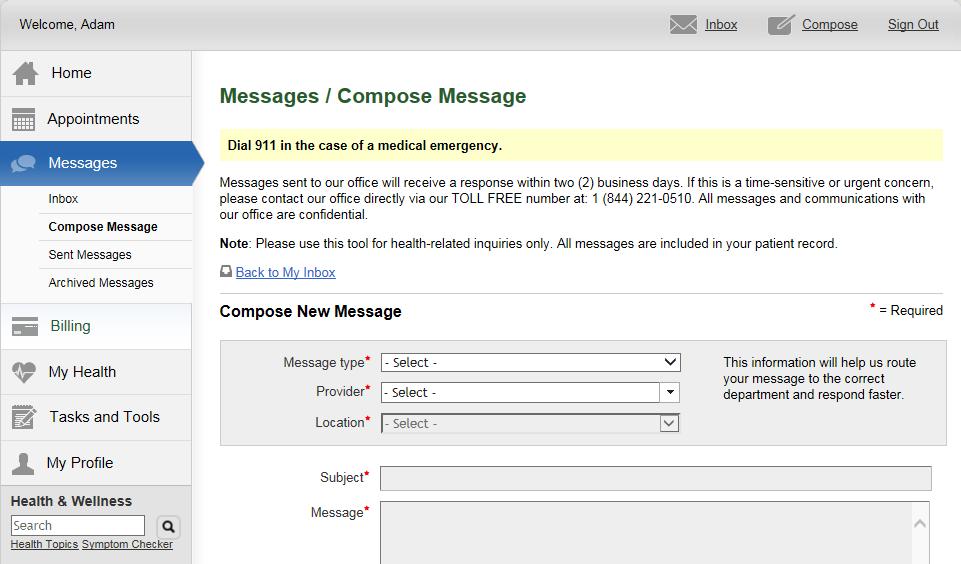

8
FREQUENTLY ASKED QUESTIONS

Q. Will I be in pain after my wrist is set?
You will likely be in some form of discomfort after your wrist is set This is normal. It is your body telling you to slow down to allow for proper healing. Our team will help you to work through this process, taking your comfort into consideration in everything that we do.
Q. Why does the little finger side of my wrist hurt?
There may be an adjustment period to the position of your healing radius. It is not uncommon to have this discomfort last up to 6 months after your surgery date and then go away. If it lasts longer than 6 months you may benefit from another form of treatment that we can provide at that time. Occasionally numbness can also felt on the little finger side. This may be caused by the splint and elbow positioning required to stabilize your wrist properly. Please call us if you have concerns.
Q. When will I be able to get back to work?
We recommend that you take at least 3 days off from desk work. If your job is labor intensive, you may need to plan to take closer to 12 weeks off before returning to full duty. Your employer may have light duty options available that would allow you to return sooner. Dr. Potter will assess your individual injury and job duties to properly advise your safe return to work.
Q. How long will my recovery take?
Each fracture recovery can vary but in general the motion of your fingers should be restored within 2-3 weeks and the motion of your wrist and forearm should be restored within 6-8 weeks. The strength and function of your wrist and hand should dramatically improve after 4 months in most cases. Unfortunately it is not uncommon in some cases to require 1-2 years to achieve a full return to your normal level of strength for activity tolerance after a wrist fracture.
Q. Will I be working with a Hand therapist?
Therapy services are available to you if needed at any point in the healing process. Dr. Potter will discuss with you in clinic if and when therapy is appropriate for you.

9
PROCESS EDUCATION
HEALING AT HOME
Monitor Your Healing
Healing after a wrist fracture repair can be uncomfortable but you need to know what signs of healing need immediate professional attention. An on call provider is ready to help you at all times. Immediately call 970-384-7140 if you experience any of the following:
Worsening pain that is not controlled by medication or position changes.
Increased swelling that is not controlled by cold therapy, position changes or consistent finger movement

A new onset of numbness or tingling
Or if you get the feeling that something is just not right.
Your Pain Management Schedule

Keep in mind that the goal of taking pain medication is not to be pain free after a major orthopedic injury, but to be comfortable enough to get some sleep and participate in your therapy program.

Level 1: Begin with Acetaminophen

Level 2: If Pain is Not Managed Add a Nonsteroidal AntiInflammatory
3 tablets between each
dose
*If you have stomach or heart problems please speak with Dr. Potter before you begin this medication*
Level 3: If Pain is Still Not Managed Add Narcotic
Add one tablet of your prescribed narcotic pain medication if you experience breakthrough pain that is not managed by the level 1 or level 2 strategies.
Then try to resume your non-narcotic schedule as soon as you feel able.
Swelling Management: Help decrease discomfort from swelling pressure.
Elevation:
o Support your injured wrist at or above the level of your heart.

Finger Motion: 3 sets of 10. Repeat 4x per day.
o Gently curl your fingers as shown without moving the injured wrist.



10
Extra Strength 500mg 2 tablets 3x/day Ibuprofen 200mg
acetaminophen
*OR* *OR* Regular Strength 325mg 3 tablets 3x/day Naproxen 220mg
tablets between
acetaminophen
2
every other
dose
YOUR RECOVERY PROCESS
Steps to Get Back in the Game
The ultimate goal is to get you back to your work, functional activities and hobbies. The fracture setting and splinting is only a part of your journey. The key to returning to your pre-injury activities is to work hard to regain motion and strength in your wrist under the direction of your orthopedic team. We are here to guide your recovery towards the best possible outcome.
Follow These Precautions For 6 Weeks or Until Otherwise
Directed by Your Care Team:

Protecting your healing repair in the early phase is critical for your long term success.
DO NOT lift, push, or pull any objects with your injured arm.
DO NOT lean on your injured arm when pushing up from sitting or lying.
Let Our Pros Help You Tackle New Challenges
Your orthopedic team will help problem solve and address any challenges you may experience at home. Below are some tips to make life a little easier to start
Dressing: Non-tie shoes and elastic-waist pants are the best options.
Toileting: You can only use your uninjured arm for cleaning yourself after using the toilet.
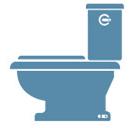
Household chores: Participation with your injured wrist during light household activities should be limited in the first 6-8 weeks. Speak with Dr. Potter if you have activity requirements you are concerned about.

Transportation: Plan for someone to drive you to your appointments. You must not drive while taking your narcotics. During the first 6 weeks you are considered an impaired driver even if you are off of the narcotics because you only have one arm available to drive when you are used to having two available.

Showering: Shower as soon as you want after returning home. Use a cast cover to prevent the splint from getting wet.


Pain: You will likely have some discomfort following your wrist fracture. Over the counter pain medication should be your primarily source of pain control. Prescription strength medication should only be added to control breakthrough pain as necessary. See page 10 for a detailed pain management schedule.
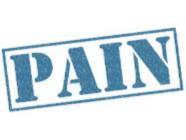
11
RECOVERY PROCESS



 Dr. Michael Potter
Dr. Michael Potter
















































